I want to compare the Safe Operating Areas of two MOSFETs based on the graphs given by the manufacturers in the datasheets.
Our application is a 24 V inverter. What I concluded based on the information below is that device A can handle a higher current for DC operation, 10 ms operation and 1 ms operation. The values of current at 24 V for these three operating points are 10 A, 20 A and 100 A as compared to 0.22 A, 1 A and 17 A for device B.
However, for the 100 μs operating point device B has a higher current carrying capability as compared to device A and the value is 287 A as compared to 260 A for device A for 24 V.
Is my analysis correct, and what else you can identify from this information when comparing two MOSFETs?
Secondly, since I am switching at 20 kHz for my application, I want to see the behaviour at the operating point of 50 μs which is not given in this graph. Can anyone please help me in identifying the difference at the 50 μs operating point?

